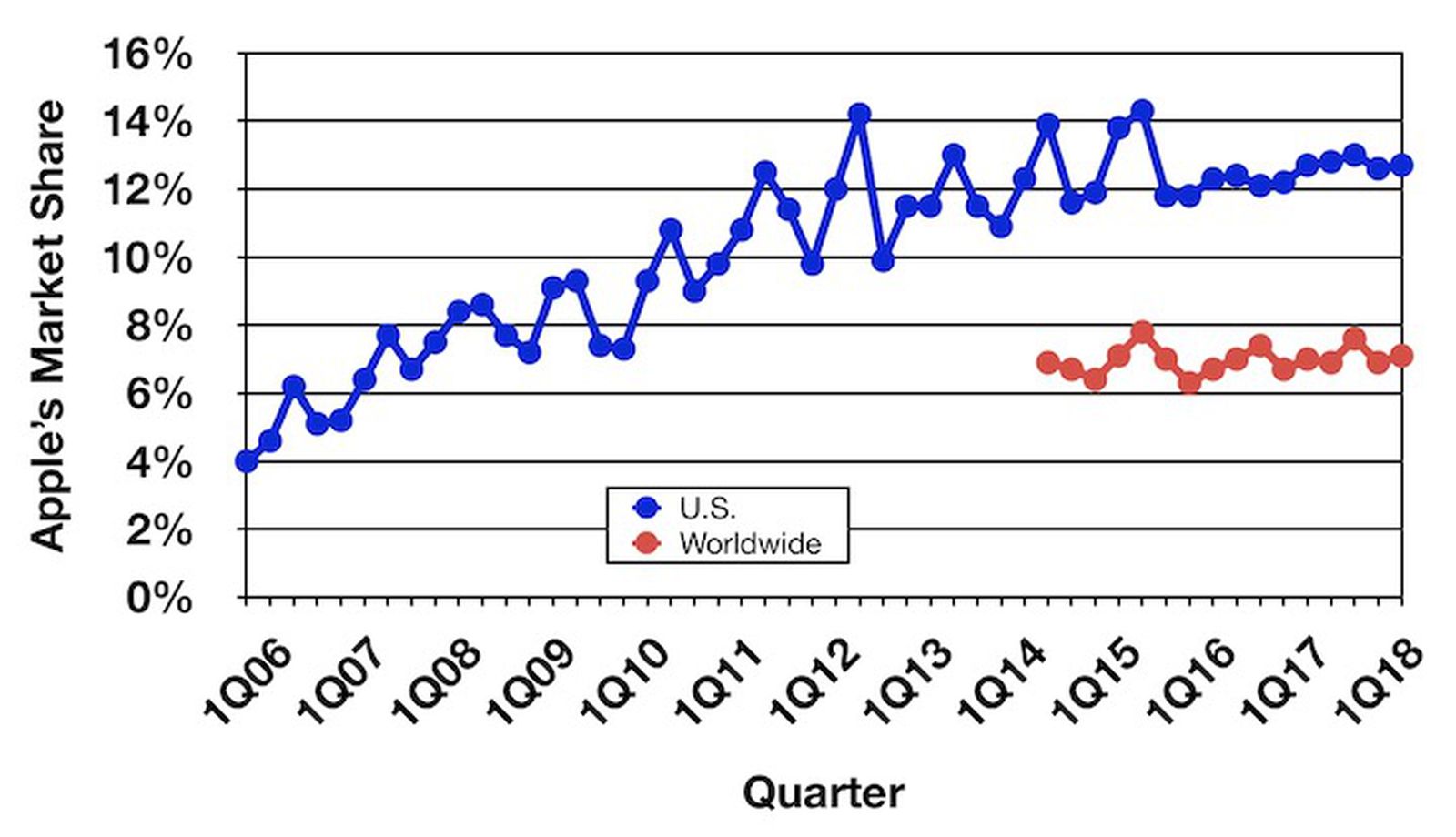Let me rephrase it: Apple releases products based on their own vision. Not the popular one. Not the most backwards compatible one. They have a vision, and they execute it. Sometimes it's a miss. Most of the time it is a trend setter. I can't count times when Apple did something that everyone said was completely ridiculous — and a few years later everyone was dong the same thing.
You're getting too far ahead of the original argument. The point I made was that having only USBC ports is not what users wanted in the 2016 Macbook Pro. And even today, if you buy an iPhone 11, you can't charge it on your Macbook Pro without a $20 cable or carry a dongle. No one wants that.
And yes, I'm well aware of the fact that Apple is often the trendsetter. No one is arguing that.
They identified some key issues (pun intended) and decided that the esc key needs to come back. They also admitted that they can't get the butterfly switch to work. And yes, they made the 16" slightly bigger again (still smaller than the first retina MBP!) to give it a slight performance boost in some edge cases. These are all rather small adjustments and I think most users can agree that they fixes some issues and made the product better.
Hovewer, I don't really see how them returning the esc key is admitting a problem with dongles.
It's great that you think making the 2020 16" more like the 2015 15" is what made the product better. I agree here.
I don't think I claimed that giving a the 16" a physical ESC key is admitting a problem with dongles.
Dongles was a huge nightmare in 2016. It continues to be an annoyance in 2020.
What I see here is that the Mac marketshare has been more or less constant for the last decade. There is no doubt that there are variations up and down, but I don't see users abandoning the Mac in masses like some here would like to portray. Right now the global macOS market share is around 30% higher than it was in 2015.
That's a poor way of showing market share. It should be by the number of computers sold per year, not how often someone uses MacOS to visit a website. There are too many variables with the latter such as how long each Mac lasts vs how long each PC lasts.
It's no secret that Mac shares have stagnated or declined since the 2016 Macbook Pro. There's no need to defend this fact.
Apple's worldwide Mac shipments grew 3 percent in the second quarter of 2018 compared to the year-ago quarter, according to new preliminary PC shipping estimates shared today by Gartner. During the quarter, Apple shipped an estimated 4.4 million Macs, compared to 4.26 million in the second...

www.macrumors.com
[automerge]1588094695[/automerge]
Mac sales falling have less to do with physical ESC keys or the Touch Bar and more to do with folks buying things other than Macs that fit their needs better. And, in many cases, those “things other than Macs” have been in the iPad line.
I don't buy your theory.
First of all, we're talking about Mac's marketshare vs PCs.
Second, look at this chart. Look at the rapid market share increase from 2006 to... Q4 of 2016 when this generation of Macbook Pros released and when market share started to stagnate.
Apple's worldwide Mac shipments grew 3 percent in the second quarter of 2018 compared to the year-ago quarter, according to new preliminary PC shipping estimates shared today by Gartner. During the quarter, Apple shipped an estimated 4.4 million Macs, compared to 4.26 million in the second...

www.macrumors.com





